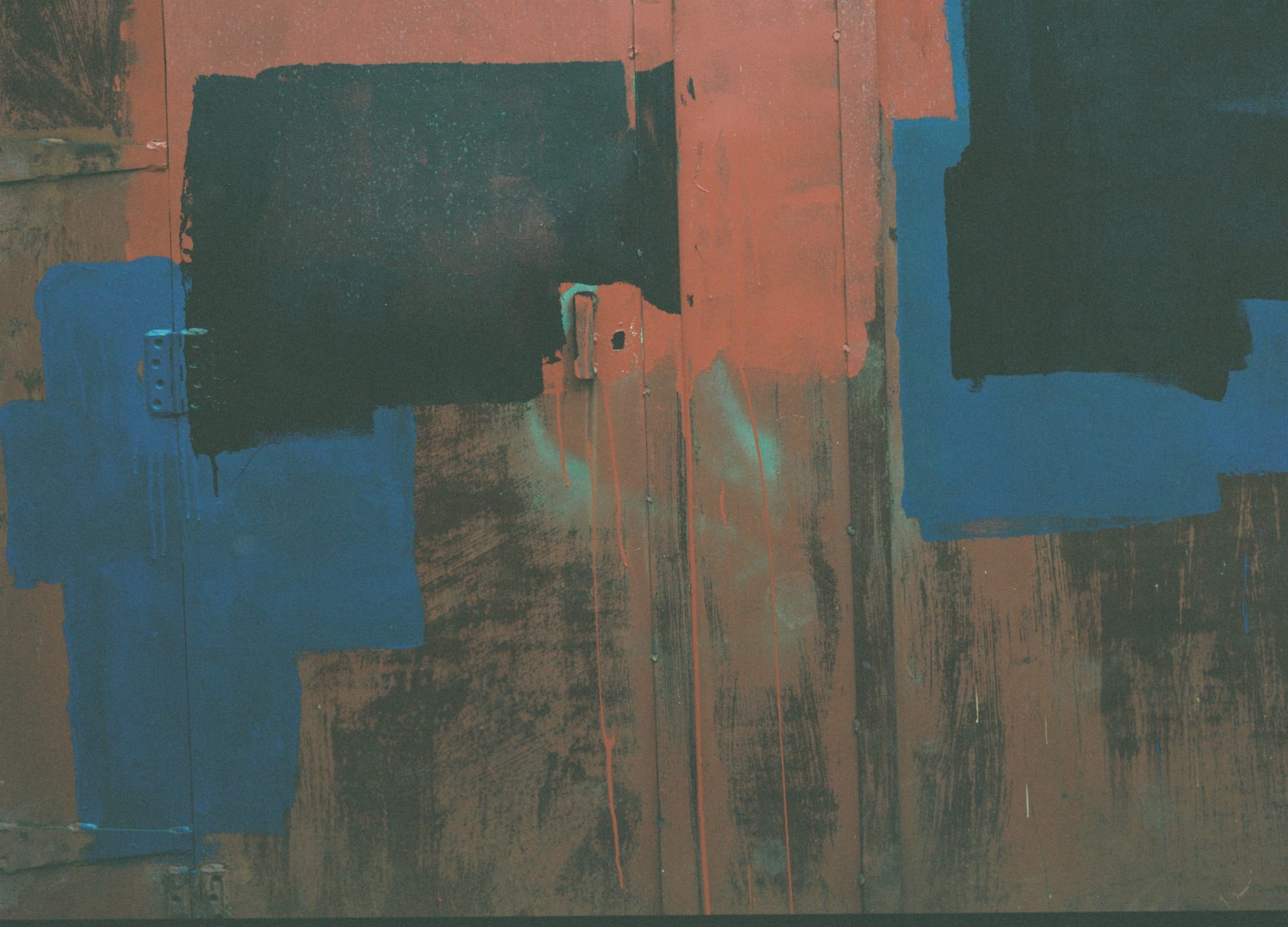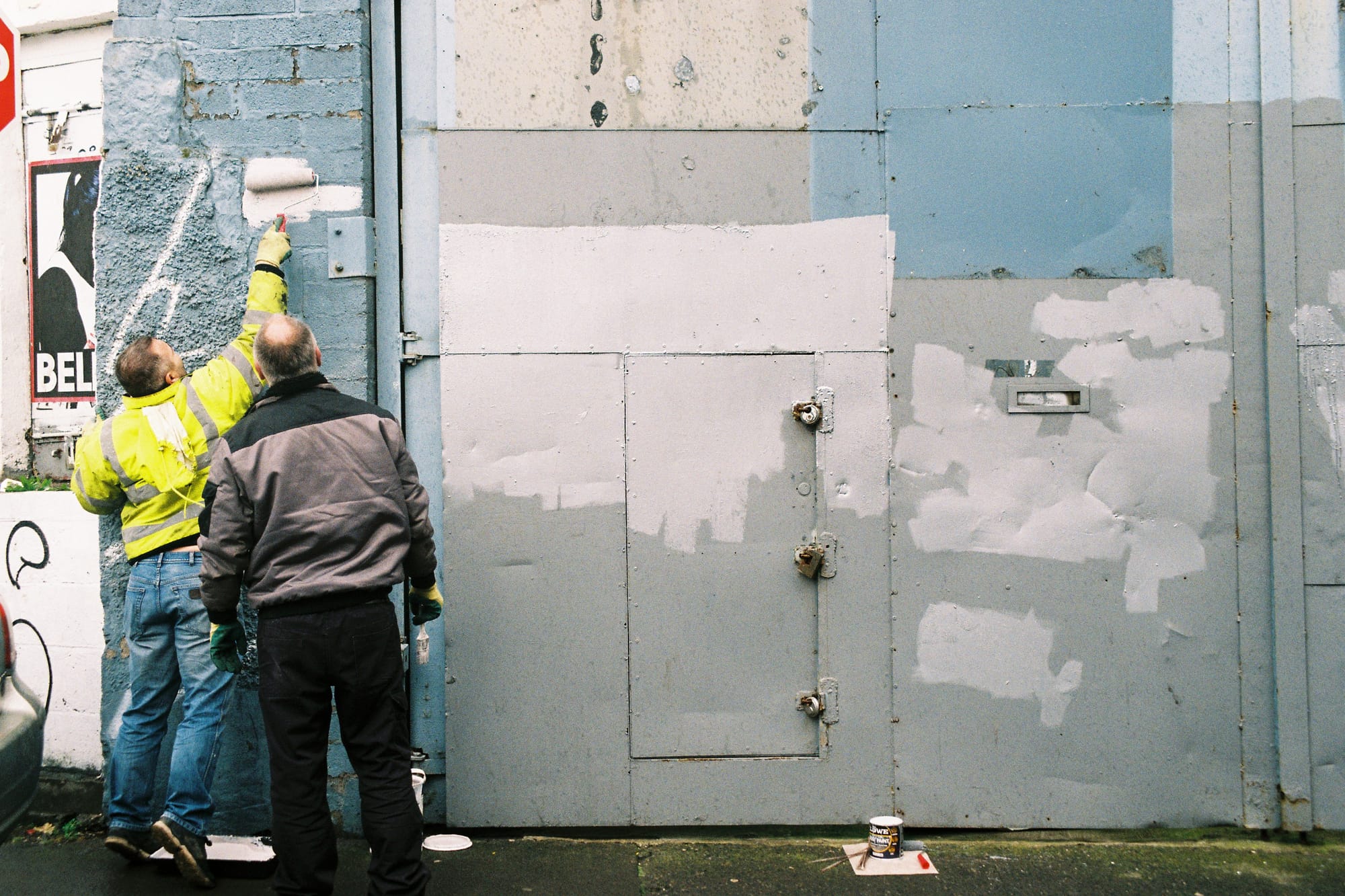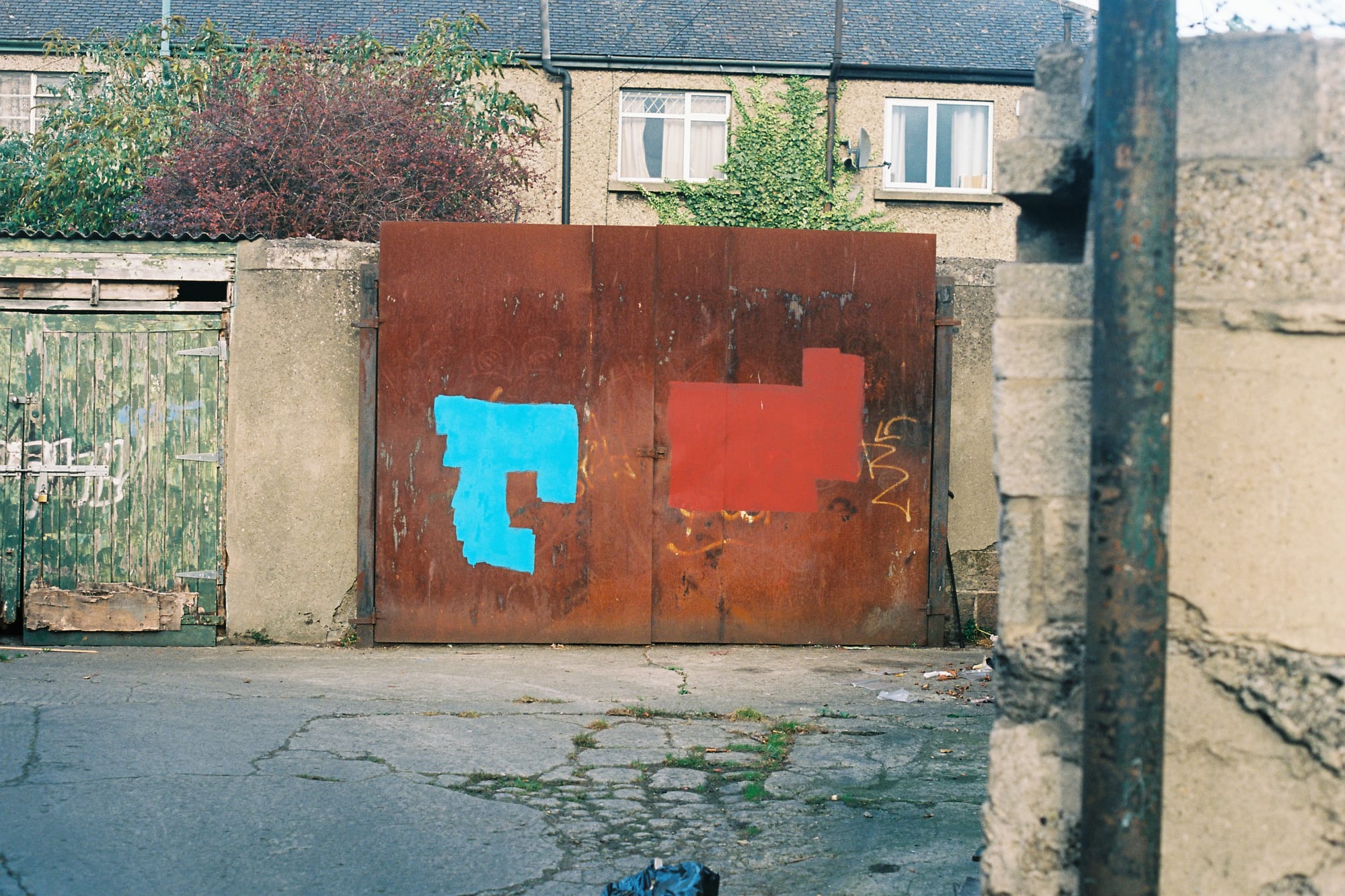What’s the best way to tell area residents about plans for a new asylum shelter nearby?
The government should tell communities directly about plans for new asylum shelters, some activists and politicians say.
They’re photographing the blocks of colour used to cover up graffiti, in the belief these are more than simple public maintenance – they’re art.

On the stationary shutters of an old sports shop on South Great George’s Street, a white block of paint covers once-prominent graffiti.
This white canvas is an example of the product of buffing, the act of removing graffiti. Look closely, and you can see these buffs on walls and shutters all over the city.
That’s what two former arts students observed, and now they’re documenting these blocks of colour in the belief that there is more to buffing than an act of public maintenance.
“I’ve always had an interest in public paintings anyway, so graffiti and stuff like that,” says Stephen Burke.
“Something like this, you could look at it like a rejection of graffiti, and it’s also an evolution of graffiti; it’s something totally different,” he says.

Burke and his collaborator Fiachra Corcoran have studied, photographed, and classified these buffs for a book due to be published in August. The reason, they say, is that buffing is an art form.
“In a complicated way, graffiti is the distortion of letterforms and buffing can be seen as the ultimate abstraction, you’re changing the letters with flat colours and shapes,” says Corcoran, a photographer.
Although at first glance, buffs might appear to be mundane, solid chunks of paint, applied for practical reasons, Burke says they often fall into categories of minimalism and abstract expressionism.
“They’re just found out of a gallery context,” he says.
Burke says buffing can be done in a few different ways, but that using paint is the most common. Within the painted buffs, there are also different styles: conservative buffs, ghosting buffs and radical buffs.
Conservative buffs are usually standard shapes painted over graffiti with a colour very similar to the original wall. “As I said, conservative,” says Burke.

Then there’s ghosting, he says. “That’s where they literally trace over the graffiti with a roller, it’s a complete trace and basically makes it fatter. It looks ridiculous.”
Finally, radical buffing is where the remover takes it upon themself to create a whole different shape to the graffiti underneath.
“People do obvious clouds and flower shapes. They would be the unusual ones but it’s really impressive when you do come across it,” says Corcoran.
The pair have found in their research that different parts of the city boast different styles of removal. In middle-class areas, says Burke, “you’re only really going to get the conservative ones.”
Says Corcoran: “The council do a lot of them there. So you get a lot of that council shade of grey.”
In the outer suburbs such as Tallaght, those on the look-out would spot more radical buffs. It’s “usually just homeowners or disgruntled people in the community. You get a lot of radical, very expressive painting shapes which are not very conservative at all,” says Corcoran.
In suburban areas, you might also catch spray-paint buffs, which are unusual and “super aggressive,” Burke said.
“They stand out equally as much as the graffiti,” says Burke.
Are spray-paint buffs categorised as radical? “I don’t even know,” he says. “Some of the spray-paint ones kind of don’t fit into anything.”

Most of the buffing that takes place around the city is done by local councils and contracted companies.
Corcoran and Burke say that many of the people they’ve talked to who remove graffiti for maintenance companies don’t have a creative outlet in their lives.
“So we think that rejection of a creative outlet is going to result in some of creative expression somewhere in their daily routine,” says Burke.
Corcoran says that graffiti removal can act as a subconscious outlet for creative impulses that people don’t even know they have. They create art without ever realising it.
Often the most interesting buffs come from “the maintenance companies and the guys who are hired for like 50 quid a day,” Burke says. “It’s not their full-time job and [they] often create the most abstract ones.”
As an academic field, the study of buffs is relatively new. Two American artists, Avalon Kalin and Matt McCormick have pioneered the idea of buffing as an art form.
“There have been a couple of short books about it, but maybe not in an academic sense,” says Corcoran. “It’s exciting for me because it’s kind of something that hasn’t been approached.”
Burke says that one of the reasons the practice hasn’t been studied more is because it is complex, and pulls from so many different elements: “It’s public art, socially engaged art, collaborative art, street art, graffiti. It kind of does all of these things but at the same time does its own thing as well.”
So far, the project has been well-received, but both of them expect some scepticism and criticism once they up the ante on marketing in June, and start a Kickstarter campaign to fund the book.
“I think people are open to it,” says Corcoran. “I think the aesthetic industry are starting to look at it. But I don’t know, we’ll see how it goes. I’m sure we’ll get our sceptics.”
Get our latest headlines in one of them, and recommendations for things to do in Dublin in the other.